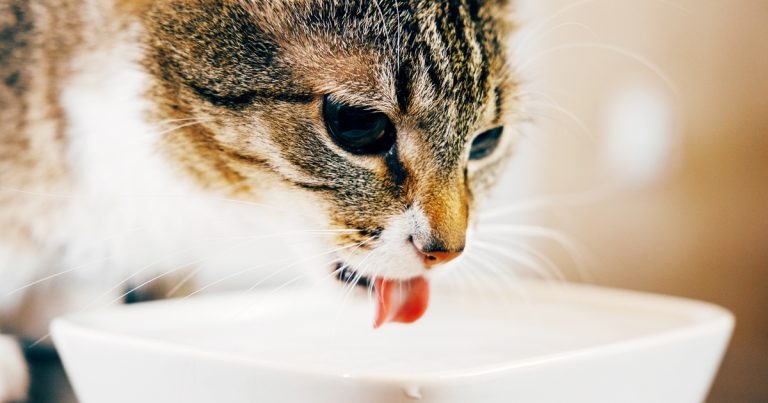13 Apr 2021
Results from US trials of an intrarenal injection of a recombinant human chemokine, CXCL-12, could have big implications for animal and human health.

Image © denisval / Adobe Stock
A novel therapeutic agent for chronic kidney disease (CKD) in cats could potentially be developed into a drug to also be used in humans.
Results of trials of an intrarenal injection of a recombinant human chemokine, CXCL-12 have been published in Frontiers of Veterinary Science.
The innovative therapy was investigated in two preclinical studies and one clinical study.
Results of the two preclinical studies showed that CXCL-12 restored normal kidney structure to cats with clinically induced fibrosis, and provided evidence exhibiting how the treatment acts to address the changes in the kidney associated with CKD damage.
A subsequent clinical pilot study demonstrated the feasibility of administering CXCL-12 with no obvious side effects over the nine-month study period.
The development is the result of a collaboration between Piedmont Animal Health and the Wake Forest Institute for Regenerative Medicine (WFIRM) in the US.
Doug Hepler, chief scientific officer of Piedmont Animal Health, said: “These preclinical and clinical study findings suggest that our first collaboration could make a big difference in the lives of cat owners and their beloved pets.
“Anyone who has had a cat with CKD knows how heartbreaking it is to watch their decline and be able to do very little about it. Our goal is to change that story to a much more positive one.”
For the WFIRM, the collaborative research will hopefully lead to treatment for humans who suffer from CKD.
Koudy Williams, DVM, who leads the research team at the WFIRM, said: “Results of these studies together show that intrarenal injection of CXCL-12 may be a potential new therapy to treat early kidney disease in cats with a capability for widespread use.
“This is a good example of how a disease that is common to both animals and humans can be studied and potentially applied to the disease in humans.”